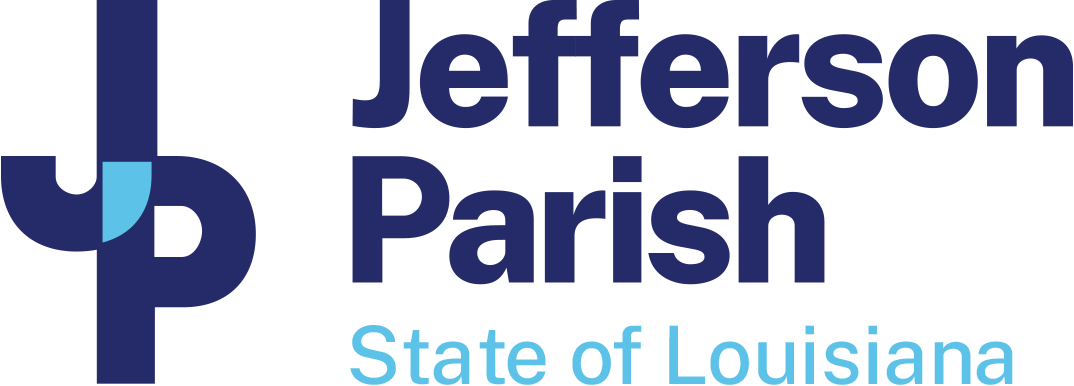Living Near Levees
Jefferson Parish is protected by an extensive levee system known as the Hurricane Storm Damage Risk Reduction System (HSDRRS). The section that runs through Jefferson Parish is part of a larger system of strengthened levees, floodwalls, gated structures and pump stations that spans 133 miles and also protects neighboring parishes.
How does HSDRSS operate?
HSDRSS offers world-class and “technically-advanced” features that are built to protect in the event of 100-year storm surge—storms that have a one percent chance of occurring annually. The system includes the world’s largest surge barrier of its kind (IHNC-Lake Borgne Surge Barrier), and the largest pump station in the world (GIWW-West Closure Complex). Learn more <HERE>.
What are levees?
Levees are man-made structures, usually an earthen embankment, designed to contain, control, or divert the flow of water in order to provide protection from temporary flooding. A levee is built parallel to a body of water (most often a river) to protect the lives and properties behind it.
What protections are offered through Jefferson Parish levees?
The parish is protected by levees from flooding of the Mississippi River and its tributaries due to high stages in the Mississippi River. On the East and West banks of the parish, the HSDRRS prevents flooding by hurricane surge from Lake Pontchartrain and the Gulf of Mexico. Areas of the West Bank area are also partially protected from hurricane surge from the Gulf of Mexico by locally-built and maintained levees.
What risks are involved in living behind a levee?
It is important for individuals to understand the risks associated with living behind levees and the steps they can take to address these risks. No levee provides full protection from flooding. Even the best flood-control system or structure cannot completely eliminate the risk of flooding.
Levees are designed to provide a specific level of protection, and larger flood events can cause them to be overtopped, or fail. Levees also decay and deteriorate over time. Various types of land subsidence including collapse into voids, sediment compaction, and drainage of organic soils can potentially undermine the integrity of the levee system leading to levee failure.
Regular maintenance and periodic upgrades are needed to ensure that they retain their level of protection and continue to perform to their design. Maintenance can become a serious challenge as a levee system gets older. When levees fail, they fail catastrophically as Hurricane Katrina proved. The damage can be more significant than if the levee wasn’t present.
How does FEMA evaluate levee systems?
When flood hazard maps identify the area behind a levee as being protected against the one percent annual chance flood, the levee is said to be accredited: it has met FEMA’s accreditation criteria. However, an accredited levee does not guarantee protection.
FEMA flood maps also identify levees, and will carry a warning that overtopping or failure of the levee is possible.
What can residents do about levee risks?
Jefferson Parish strongly recommends flood insurance for all properties behind levees and for citizens to adhere to all evacuation procedures. It is also important to know the risk and develop a disaster plan so you and your family can leave quickly. Sign up for JPAlert by clicking the image below.
